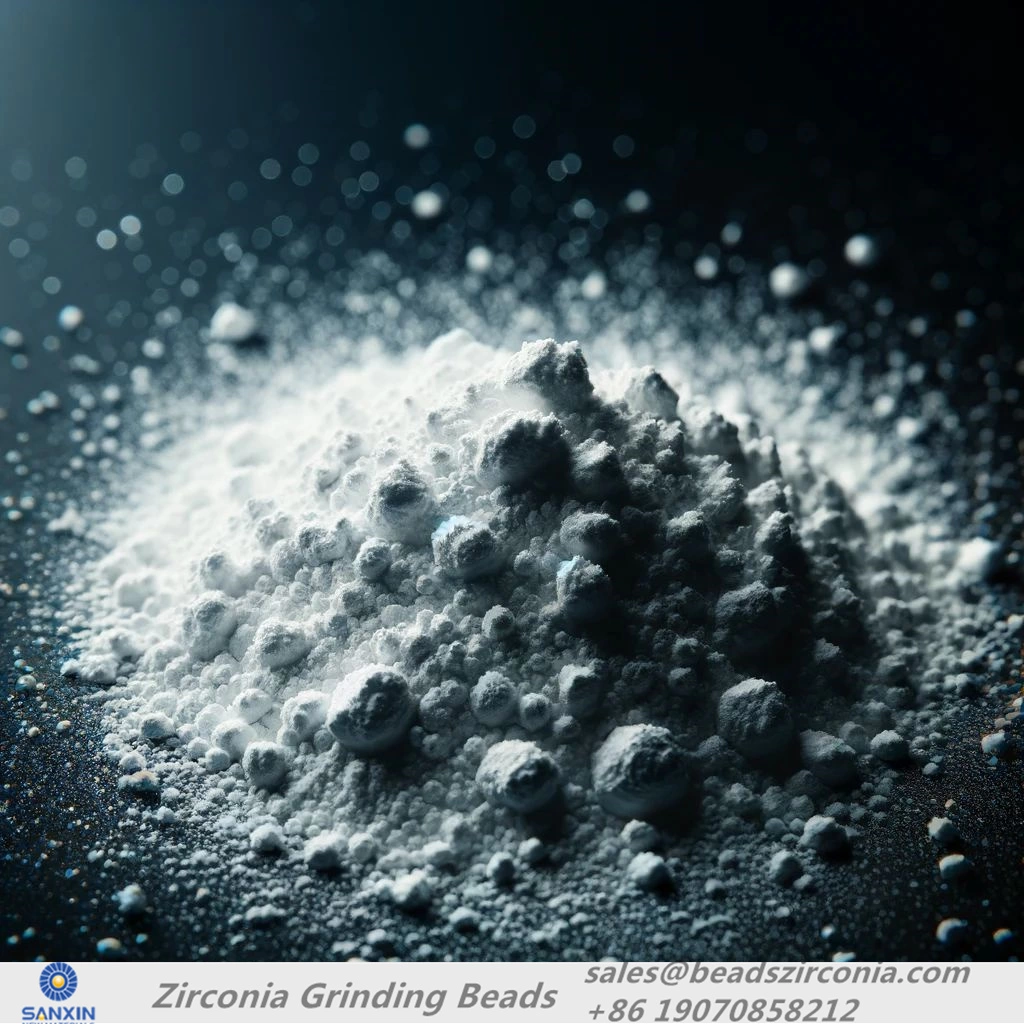The integration of zirconia (ZrO2) into various ceramic matrices exemplifies a significant advancement in materials science and engineering, leading to enhanced performance characteristics of ceramics across a broad spectrum of applications. Zirconia, known for its exceptional properties such as high resistance to chemical attack, stability, low thermal conductivity, and outstanding mechanical properties, serves as an ideal additive to improve the functionality and durability of ceramics in demanding environments. Below, we explore the transformative impact of zirconia on different types of ceramics and their applications:

The addition of nano-sized zirconia particles to zirconia ceramics leads to a notable improvement in their physical properties. This nano-engineering approach reduces porosity, enhances density and compressive strength, resulting in ceramics that are significantly more robust and durable. Such enhancements are crucial for applications that demand high mechanical strength and longevity.
In magnesia ceramics, zirconia additives introduce a martensitic phase transformation mechanism that absorbs energy and reduces stress concentration at crack tips. This mechanism effectively improves the toughness of magnesia ceramics, enhancing their thermal shock resistance and sintering performance. The result is a ceramic material with superior high-temperature stability and electrical insulation properties, suitable for applications in harsh environments.
The introduction of zirconia into alumina ceramics to form zirconia-toughened alumina (ZTA) leads to a significant increase in toughness and strength. The zirconia particles within the alumina matrix undergo phase transformations that induce microcracks and stresses, which counteract crack propagation and enhance the material's overall toughness. This makes ZTA ceramics ideal for applications requiring high wear resistance and mechanical durability.
Silicon nitride ceramics benefit from the addition of ZrO2 by achieving improved toughness and mechanical properties, addressing the brittleness that limits their application. The enhanced toughness makes silicon nitride ceramics more appealing for structural applications that require materials with high strength, wear resistance, and corrosion resistance.
The addition of nano-sized ZrO2 to aluminum nitride ceramics improves their thermal shock resistance, making them more suitable for high-performance electronic packaging substrates. This modification addresses the lower fracture toughness of aluminum nitride, enhancing its thermal conductivity and electrical properties for advanced electronic applications.
Doping barium titanate ceramics with zirconia enhances their dielectric properties, making them more suitable for use in sensors and capacitors at room temperature. This adjustment expands the applicability of barium titanate ceramics in the electronics industry, where high dielectric constants and ferroelectric properties are essential.
Zirconia's inclusion in zinc oxide varistor ceramics improves their thermal shock resistance, crucial for over-voltage protection in electronic circuits and power systems. Zirconia's properties contribute to the overall durability and functionality of varistors, enhancing their performance in energy absorption and non-linear V-I characteristics.
ZrO2 significantly improves the properties of ceramic binders used in grinding tools, enhancing hardness, bending strength, and wear resistance. This improvement extends the life of grinding tools, demonstrating zirconia's impact beyond structural and functional ceramics to include applications in tool manufacturing.
The integration of zirconia into ceramic materials showcases the potential for engineered ceramics to meet the demands of advanced applications in military, energy, electronics, and other high-tech fields. By leveraging zirconia's superior properties, manufacturers and researchers can develop ceramics with unprecedented performance characteristics, opening new avenues for innovation and application in various industries.

Submit your demand,
we will contact you ASAP.

Sanxin New Materials Co., Ltd. focus on producing and selling ceramic beads and parts such as grinding media, blasting beads, bearing ball, structure part, ceramic wear-resistant liners, Nanoparticles Nano Powder

